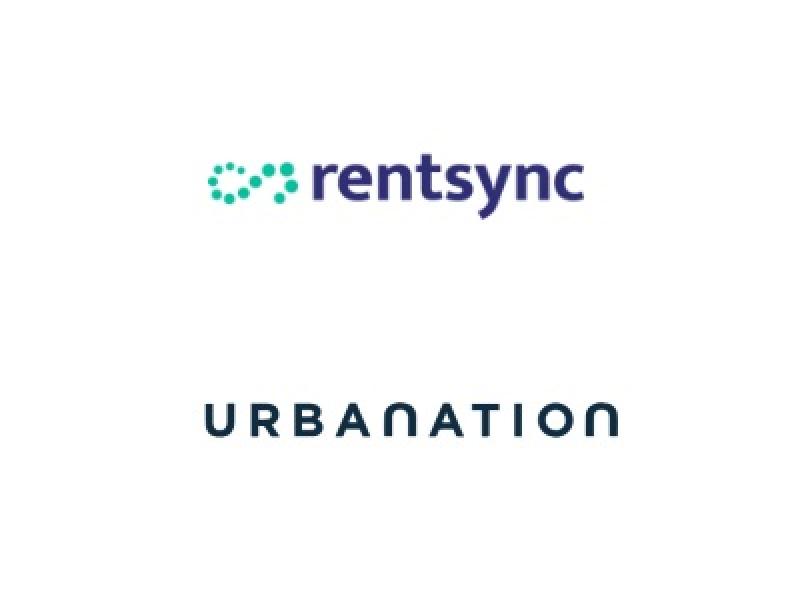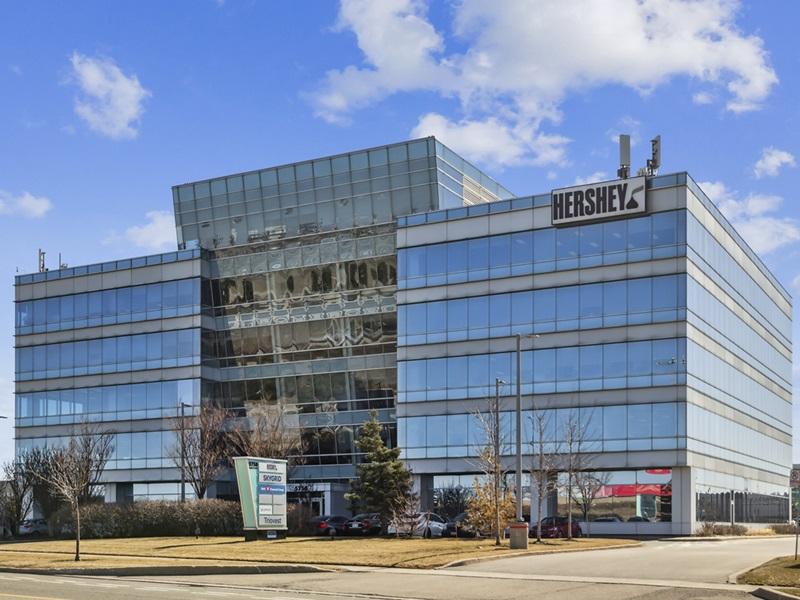
Bill Argeropoulos, Avison Young’s principal and practice leader for research. (Courtesy Avison Young)
The statistics are eye-popping. Canada’s life sciences sector captured 26 per cent of venture capital invested across the nation in 2020, a year which saw the three largest Canadian IPOs ever in the sector.
The federal government has committed $2.2 billion in funding toward life sciences and bio-manufacturing through 2027 and each of the world’s 10 largest biopharma firms have a Canadian presence.
The growth that is already happening will continue. To facilitate this explosion in the sector, an Avison Young report says the commercial real estate industry needs to continue stepping up to provide new and expanded facilities. Poised for Growth, Canada’s life sciences sector in a post COVID-19 world focuses on Canada’s three major existing life sciences hubs.
“Clearly the pandemic was a wakeup call and there has been a clear focus on this sector,” Bill Argeropoulos, Avison Young principal and practice leader for Canadian research, said in an interview with RENX.
“COVID-19 has just accelerated everything to do with life sciences, health sciences except it’s really very difficult to gauge the size of the market from a CRE perspective so we wanted to focus on Montreal, Vancouver, Toronto.”
The sector has garnered over $1 billion of venture capital investment in each of the past two years and is on pace to surpass that in 2021 after raking in $325 million in Q1. That means many companies are growing and either will or already need more space.
Major increase in activity
Argeropoulos said in Toronto, where he is based, he is seeing a significant increase in activity.
“Because there is so much demand, there is a lot of off-market activity happening in the life sciences sector. I am hearing right now there are opportunities on the off-market,” he explained.
“These developments, because these are not 200,000, 300,000 or 400,000 square feet, they may be 20,000- or 25,000-square-foot buildings, they are being marketed on the q.t. Because there is such demand, people want to capitalize on that demand and not necessarily publicize it.
“Some of these off-market opportunities are some of these smaller-type owners and developers who are trying to build a niche in this area.”
He’s also seeing companies sending out space requirements much larger than what had been the standard in the sector — just a few thousand square feet.
“Of late we have seen requirements popping up, in Toronto for example, that are in the 20,000-, 30,000- to 40,000-square-foot range which is kind of unusual. That begs the question ‘Are these companies now at that next stage of development?’ ”
Oxford’s life sciences commitment
Large investors are also lurking. Oxford Properties has committed about $2 billion in the past three years to the sector, including major recent acquisitions and development projects in the U.K. and U.S. hubs such as Boston and San Francisco. It is also looking to invest in Canada.
“Perhaps some of that capital will turn inward, ideally I think that would benefit Canada and all of these firms, these unicorns . . . that they will have a longer journey on Canadian soil,” Argeropoulos said, noting many life and health sciences firms end up being acquired and moving outside of Canada once they get beyond the startup stage.
“It has a multiplier effect when you see an Oxford, representing pension money, making the investment. It’s also an area outside the traditional food groups, it’s not office, it’s not industrial, or retail, or multires or land,” he added. “It is one of those alternative asset classes you can lump it into the area of data centres, cold storage and storage facilities.
“I think given that these types of health events will probably occur again in the future, that the emphasis on this type of work and the facility it will be taking place in will be a worthwhile investment long-term.
“There is a lot of uncharted territory in this sector.”
Developing lab space is expensive

A rendering of the potential layout for Phase II of BioTech City in the Greater Montreal City of Laval. (Courtesy citebiotech.com)
However, creating these facilities is expensive (over $800 per square foot in Toronto or Vancouver for lab space, the AY report says), and lab space in particular has a narrow potential tenant base. So, from a CRE perspective, where is the opportunity?
“There are some companies that would like to own their facilities, but that doesn’t mean down the road there wouldn’t be an exit and a sale-leaseback. These facilities are catering more to a design-build.
“It’s a big gamble to go purely on a speculative basis, but you never know.
“There might be a situation where someone is looking to design an office building today for delivery two or three years down the road . . . there is a higher possibility today that that developer or owner may allocate a significant portion of that new development to life sciences use.”
Across the country, that development is starting to happen. In Vancouver, AbCellera (which went public last year at a record $6.7-billion market cap) is expanding into purpose-built office/labs comprising over 380,000 square feet.
Sanofi is building a new $925-million manufacturing facility in Toronto and just down the road Hamilton’s McMaster Innovation Park is undergoing a major expansion.
In Greater Montreal, the City of Laval and the National Institute of Scientific Research have launched Phase II at BioTech City, adding up to 1.2 million additional square feet of space.
Life sciences hubs outside downtown cores
The opportunities aren’t just in the downtown cores.
While much of the activity in Montreal and Vancouver is in or near the cores, Toronto is in a somewhat “unique position” Argeropoulos said.
In addition to downtown spots like MARS District and the University of Toronto Schwartz Reisman Institute for Technology and Society, there are hubs in neighbouring Mississauga (the so-called Pill Hill), McMaster in Hamilton, and an emerging area from suburban Cambridge through to the University of Waterloo.
At MARS District in particular, it seems established firms are now bursting at the seams.
“I’m hearing that some of the companies that are in the life sciences, health sciences in that project are now at a stage where they need to grow and they are looking beyond that facility,” Argeropoulos said.
Looking outside those major centres, Calgary is now home to the Biospace 1 health, wellness and biomedical facility created by Biohubx and DynaLife. With a highly educated population base across the country, there is opportunity for other cities to share in the growth.
“There is no doubt venture capital isn’t just promised to the major hubs. There are opportunities,” Argeropoulos agreed.
“These companies have roots throughout the country. But, they congregate and are able to attract a labour pool from the universities in the surrounding areas, hospitals that specialize in research and development.
“That is where the money has concentrated up to now, but there is no reason why Regina, or Halifax (for example), can’t end up being areas of innovation.”











